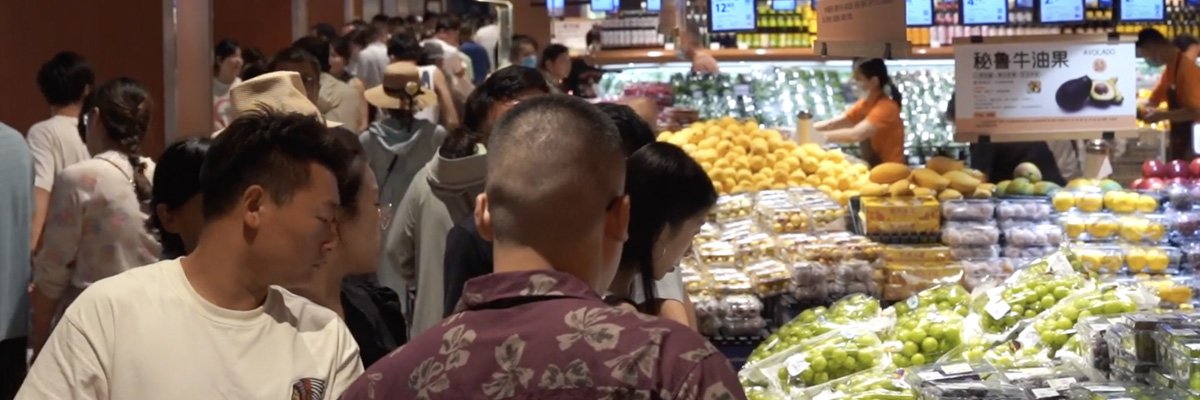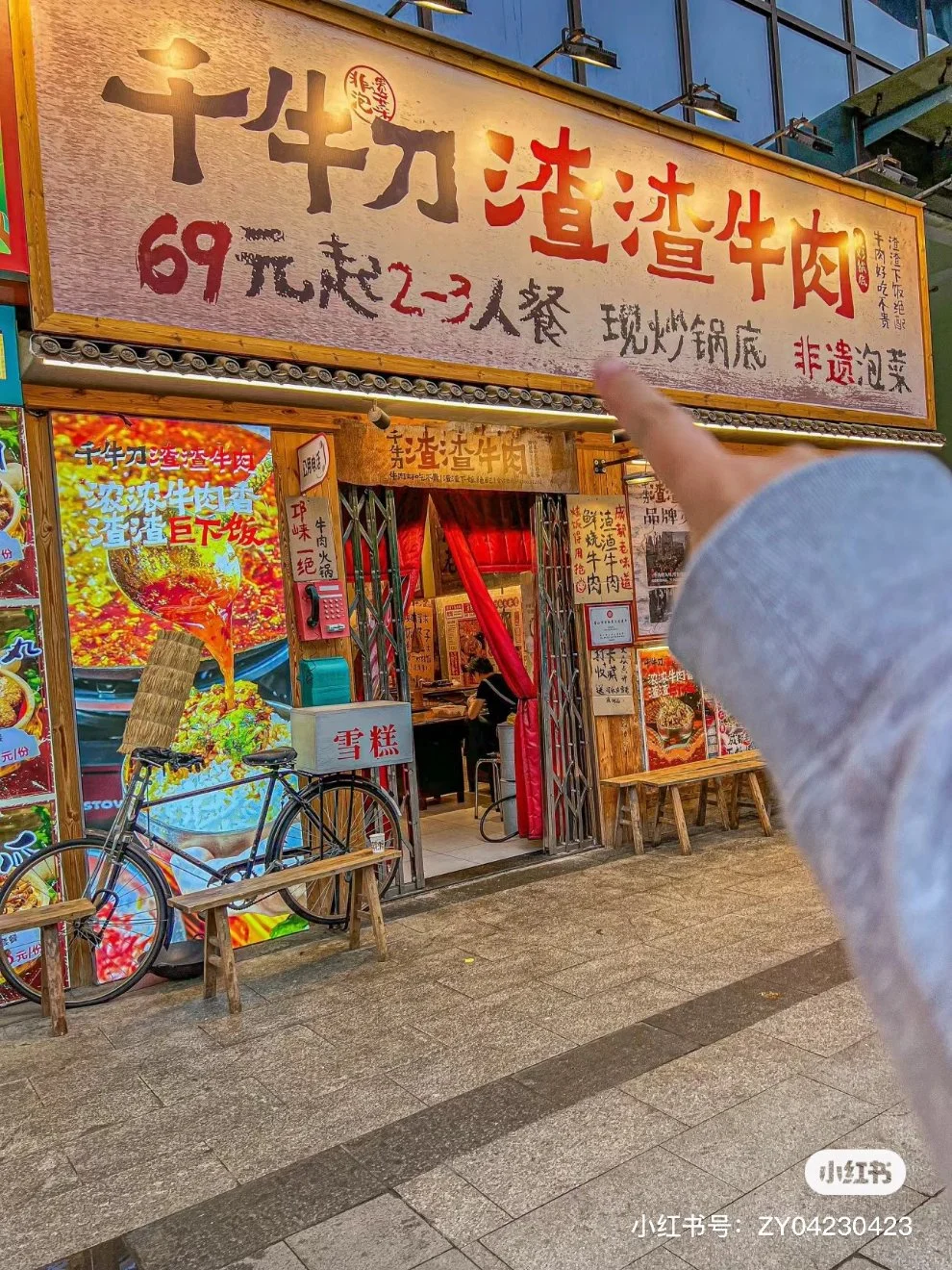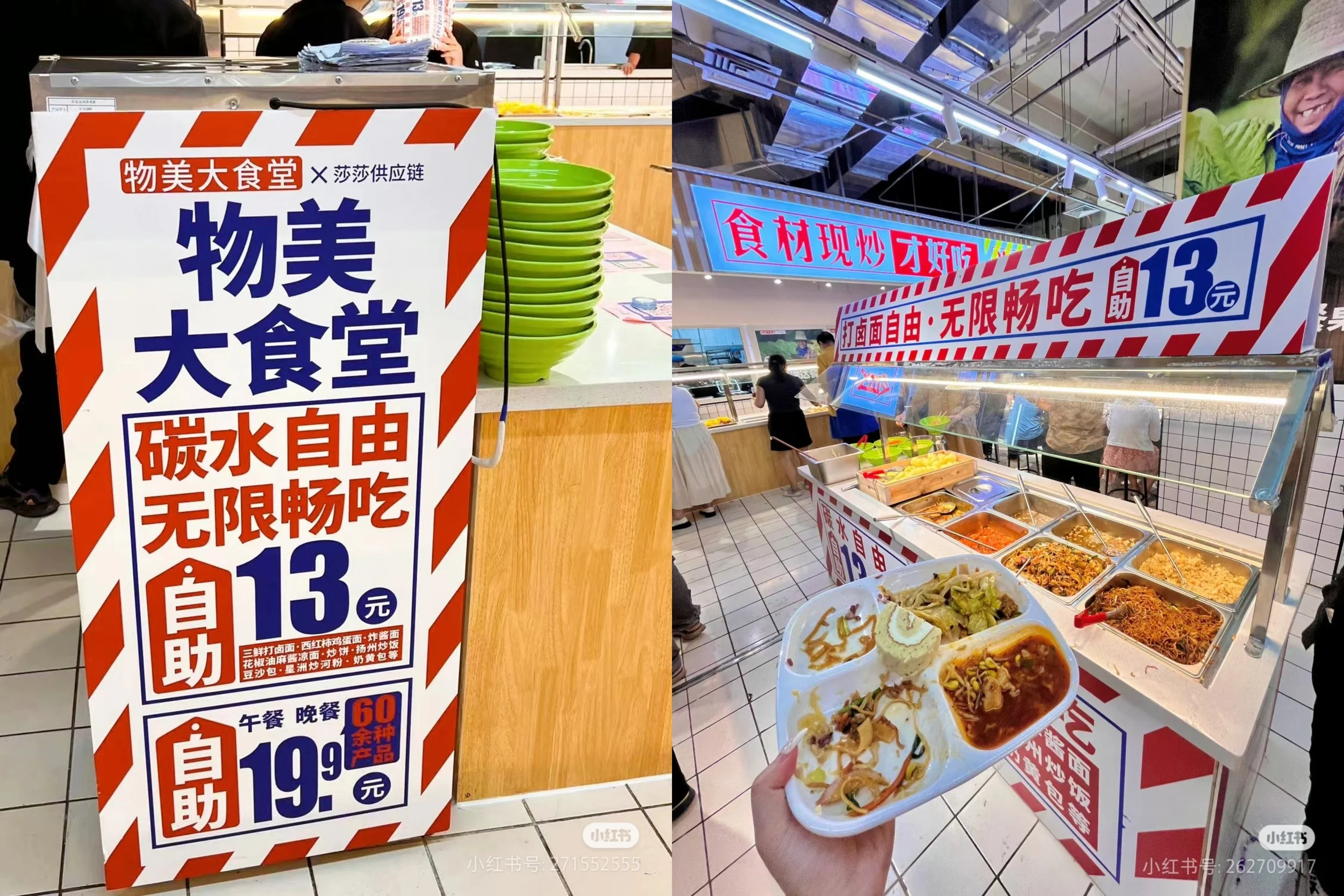China’s consumption plan and their implications for foreign brands

China has long recognised the need to reduce its reliance on exports and investment, and pivot to domestic consumption as the anchor to becoming a wealthy nation. This priority has become even more urgent with Trump’s re-election, which poses potential risks to exports destined for the world’s largest economy.
Consumption contributed to just 44.5% of China’s GDP growth last year, down from 82.5% in 2023. Going forward, Beijing wants that percentage to be much higher, supported by its Special Action Plan for Boosting Consumption released on Sunday. The plan outlines a series of measures aimed at stimulating domestic demand and tapping into the $20 trillion of 'rainy day' savings.
The plan spans eight key areas, from income growth and consumption capacity to improving the consumer environment and optimising regulations. While the plan reinforces China’s commitment to domestic consumption-driven growth, it lacks additional funding beyond what was already announced at the National People’s Congress (NPC) earlier this year.
For foreign brands operating in China, this initiative presents both opportunities and challenges. Understanding its implications can help businesses adapt their strategies to navigate China’s evolving consumer landscape.
Details of the eight key areas are summarized in our post here, but the headlines are:
1. Promoting Income Growth for Urban and Rural Residents
2. Supporting and Safeguarding Consumption Capacity
3. Enhancing Service Consumption and Public Benefits
4. Upgrading and Renewing Large-Scale Consumption
5. Enhancing Consumption Quality
6. Improving the Consumer Environment
7. Optimising and Removing Restrictive Measures; and
8. Improving Support Policies such as credit availability.
Opportunities & Challenges for Foreign Brands
Many of the initiatives will take time to bear fruit, such as universally growing incomes and building consumers' confidence in social safety nets so they'll save less for rainy days. Many of the plan's pillars double down on sectors where domestic companies are already strong and will support local brands. But overall, the plan is positive for foreign brands in China.
Opportunities:
Growing incomes and increasing confidence in the welfare system will drive spending, with premium brands standing to gain as consumers prioritise consuming quality goods
Easier consumer credit will encourage consumers to buy products and services when they may not have before
Service-oriented sectors (healthcare, education, sports, culture, travel and wellness) may benefit from new incentives and policy relaxations
Less red tape and bureaucracy for foreign businesses should remove some operational burdens in China.
Challenges:
Like many things in China, some of plan’s impact will depend on local implementation
Support for domestic brands will further intensify competition against foreign companies
Stronger consumer protection laws could increase compliance risks for international brands, especially in pricing transparency and product claims
Income growth initiatives may take time, meaning consumer spending gains may be gradual rather than immediate.
Final Thoughts: A Market in Transition
China’s Special Action Plan for Boosting Consumption signals the government’s commitment to strengthening domestic demand as a core economic driver. Nevertheless, foreign brands will require adaptability and a clear strategic approach to take full advantage of the changes:
Alignment with policy trends: Brands should integrate into China’s green economy, wellness sector, and digital innovation landscape where appropriate.
Differentiation from domestic brands: Foreign companies need to leverage heritage, reinforce their quality, global expertise, innovation, materials/ingredients, with storytelling to stand out.
Staying agile with regulations: Proactively adapting to consumer protection laws and evolving market access rules will be critical.
As ever, China remains a lucrative but increasingly competitive market. Those that can align with national priorities while maintaining a strong brand identity will be best positioned to thrive as the plan starts to deliver the goods. China Skinny is here to assist.
A concise yet holistic summary of March 2025’s key marketing developments in China, highlighting valuable insights and their implications for brands.
Luxury brands such as Burberry, Gucci, and Armani are selling heavily-reduced products at bulk warehouse Sam's Club - what does it mean for the brands?
China's Special Action Plan for Boosting Consumption is a positive for foreign brands in China, but there remain some challenges
A concise yet holistic summary of February 2025’s key marketing developments in China, highlighting valuable insights and their implications for brands.
Xianyu has evolved from a second-hand marketplace into a hub for youth culture, side hustles, and digital innovation, offering valuable insights for foreign brands in China
Jack Ma launched New Retail with a roar in 2016 starting a scramble for the New Retail crown on both sides of the Pacific. The buzzword has since fizzled out and Alibaba has divested in much of its bricks & mortar retail properties, but the need to rethink retail is more important than ever. Here's why...
Despite being winter, Naimi's novel fried chicken-looking ice creams are flying out of the chiller. Their success provides many valuable lessons for brands selling in China
Xianyu's foray into physical retail illustrates five key lessons for retailers - both online and office - in how to differentiate and engage your target audience
Chinese sanitary pad brands face backlash over misleading lengths and pH standards akin to tablecloths, sparking consumer boycotts and calls for reform. The willingness to talk about once-taboo products shows a new era of consumer pushback and could provide advantages for cross border products
MINISO has launched MINISO LAND, attracting massive crowds. Its first global “IP theme park-style” flagship blends globally- known IPs into an immersive shopping experience.
Social media feeds increasing filled with “rough life” posts, alongside the popularity of more authentic retail spaces are just two examples of how Chinese consumers are seeking more real, less polished marketing
China is experiencing a shift—or even a dilemma—in its bricks-and-mortar retail landscape. While high-end malls are seeing declines, non-standard commercial spaces are on the rise. Among these, Beijing’s THE BOX Youth Energy Center is redefining the offline retail experience by tapping into the spending power of the younger generation.
China's seniors are one of the most anticipated demographics, yet one of the least tapped by foreign brands. Preferences, behaviour and influences are all changing, helping to make them more accessible for foreign brands
China's consumer landscape is increasingly divergent. Lower-tier cities are rebounding faster and showing greater resilience than first- and second-tier cities. While large catering businesses struggle, smaller restaurants thrive. How can brands understand these diverging trends and their implications? Read on to find out more.
Traditionally, yoghurt has been seen as a symbol of purity, health, and deliciousness. But what would happen if we blended it with the flavours of some famous regional Chinese cuisines?
Beijing's total package for stimulus this year may be its largest yet in nominal terms, but how will it impact the all-important consumption segment?
Zara's pop up in Shanghai's trendy Anfu Lu provides plenty of lessons on marketing and retail for brands in China
Zara's Anfu Lu pop-up store in Shanghai's former French concession is being reinvented every week; here are photos of the first two iterations
With the Mid-Autumn Festival approaching, mooncakes—an essential traditional treat—are once again showcasing innovative and exciting variations. This round up of intriguing and unusual mooncakes may provide inspiration for product development beyond the traditional treat!
Luxury consumer behaviour in China is returning to pre-pandemic traits.
With the advancement of AI, many industries have successfully reduced costs and increased efficiency, and the food & beverage sector has seen the emergence of many innovative and data-driven products. However, are AI-developed foods really as good as we imagine yet?
As the “lying flat” lifestyle grows among Chinese workers looking to unwind, more urbanites are seeing the allure of cruises return. This stress-free approach to travel fits perfectly with the cruise experience, leading more Chinese to choose cruises as their ideal escape.
In April, Lin Yuanchun birch water became the top-selling beverage on Douyin, surpassing brands like Coca-Cola and Oriental Leaf. Birch water continues to gain popularity, driven by its health benefits and the aggressive marketing on social media.
Just like us, pets need to beat the heat during the sweltering summer months. From stylish cooling mats and pads, to ice collars and breezy apparel, a wave of functional and fashionable products has been heating up China's pet supplies market, creating promising seasonal opportunities.
Durian-related food and drinks are currently getting a lot of attention on Chinese social media. Here are some examples of how brands and restaurants are incorporating durian into their offerings
Pangdonglai is rewriting the rules of retail in China, but not through a shiny new tech-based model
As competition in the Chinese dining market intensifies once again, a number of low- and mid-range brands are directly writing their prices on their storefronts. Although this move is direct, the results have seen brands begin to imitate this set of marketing methods.
Traditional supermarket chains in China are struggling due to the intense competition from e-commerce. As consumer shopping and dining habits shift, these supermarkets are turning to in-store dining areas or large canteens to stay in business.
This summer, many brands have started to introduce ice cup products to attract more consumers.
As offline stores shift back towards offering engaging experiences, foreign brands’ retail spaces have been renovated in Shanghai. Gentle Monster, ARCTERYX and FREITAG are 3 cases you can't miss!





























